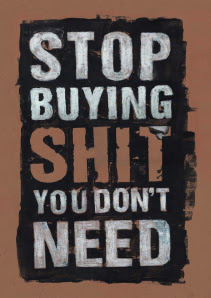After re-think my video editing skills I realized that I would probably not have enough time to create a documentary style video with a voice over. So instead I would produce a Publication to go along side the DVD of the experiments. This would all be packaged in a laser cut Card Cd case with a slot for both the DVD and the publication. I think this would be an appropriate format for CCTV style footage. In the past security footage will of been stored on Video Tape. This would of been a nightmare to produce, but as technology has increased. Security footage will more than likely be stored on DVD's and hard drives. So I thought this format would be the most relevant.
I plan to carry out various experiments aswell as capture footage of aspects of panopticism in our modern day society, such as speed cameras, and swipe barriers at uni etc. I want to create a sort of CCTV footage style video Showing how panopticism affects our lives and how it the thought of being watched can cause people to act differently or conform to society's beliefs.
PUBLICATION PLAN
I wrote out a plan of what I wanted to include in my publication so I could work out how many pages I needed and what sections to split it up into. As i wanted to concentrate on the 3 panoptic techniques Foucault refers to I split the book up into 3 sections focusing on surveillance, partioning and registration. I hope to analyze each of the experiments in the book using quotes from Foucault and other panoptic writers.
The book will also touch on consumerism and advertising explaining how the gaze of the lens can be extended through advertising. I want to explain how using women in advertising can affect the way women feel about the way they look.
LASER CUT & PRINTED PROPS
In order to make the experiments seem more official I created some props to help with the tests. These will hopefully make the requests look more official and believable rather than the drawn chalk versions I had originally planned to do. By using nicely cut out versions the public should place more faith in the fact they are being watched.
I will use this fancy wallet box in order to attract the attention of the public. It is a nice piece of packaging with golf foiling which should hopefully encourage people to interact with the 'desirable object'
This is the original ring I cut out for the jewelery box experiment. After realizing I had spelt YOU'RE wrong I have since re cut this out on the laser cutter. I have used the colours yellow and black as these are commonly used with CCTV signage all round the UK. This should emphasize the aspect of power and order.
This box will be left on the floor to see whether or not the public will accept the command and change their path or simply walk through the box. This will determine which members of the public will show aspects of self dicipline and those who do not conform to the request.
Here are other printed aspects which I will use for various other experiments.
Wet Paint
I plan to leave a wet paint sign on a bench in town to see whether or not anybody actually uses it.
Go Wild for the Camera
I plan to see whether or not people will play up to the camera or shy away.
Smile for the Camera
This is a much more friendly version of the above test, as the request is not much to ask.















